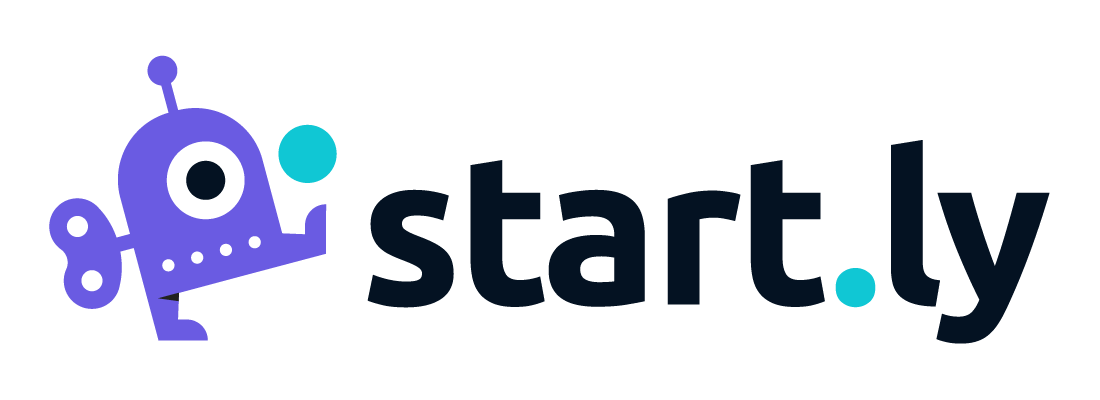Top IT Service Management Software for Enterprise Support
Transform your customer support experience with our enterprise help desk software. Whether you need cloud help desk software or help desk tracking software, our solutions are designed to enhance productivity and customer satisfaction.
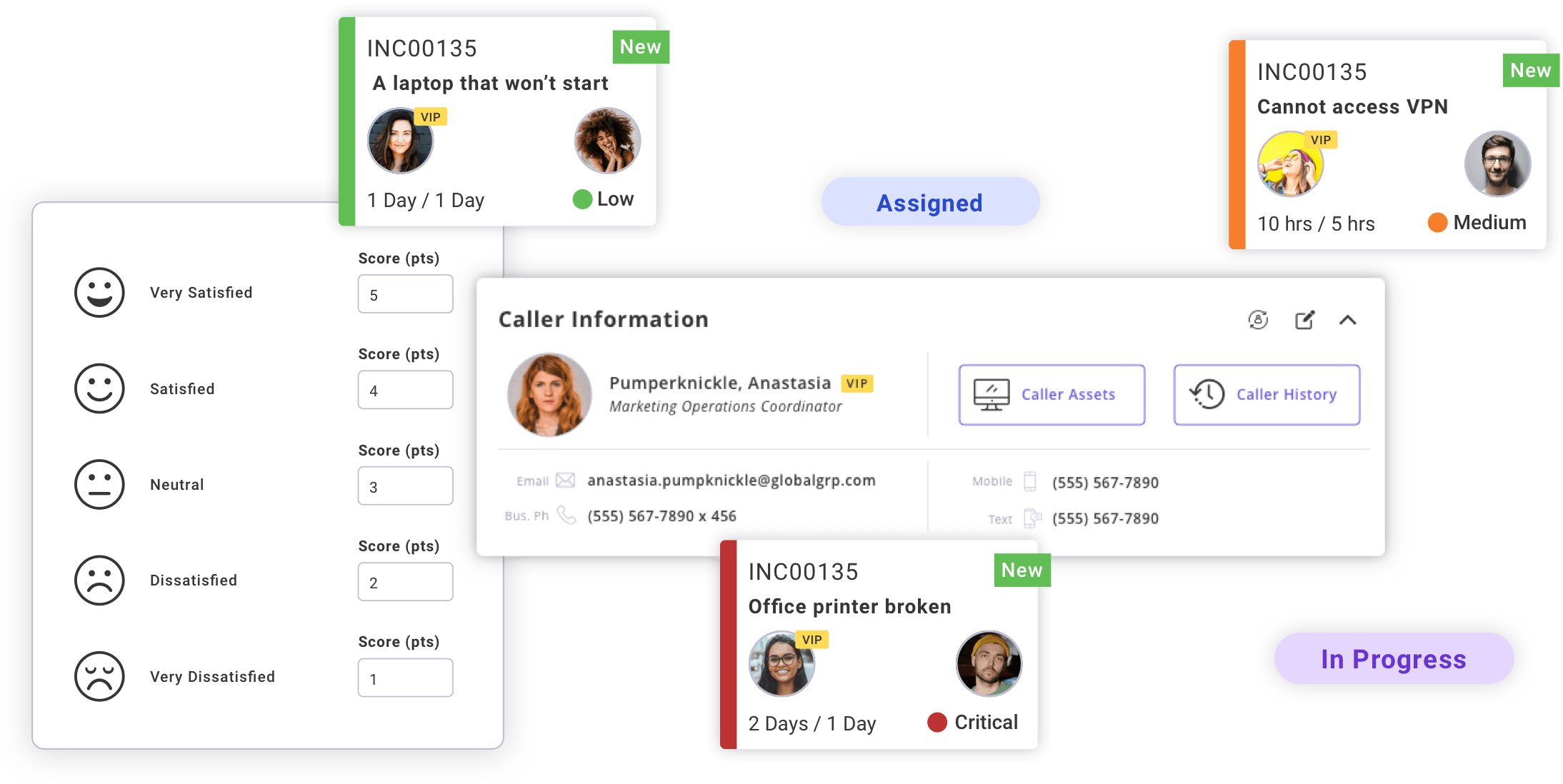
Discover the Best IT Managed Service Provider for Efficient Support

Comprehensive Ticketing System
Our help desk software provides a robust ticketing system for seamless issue tracking and management.

Cloud-Based Accessibility
Access our cloud help desk software from anywhere, ensuring your team can support customers anytime, anywhere.

Performance Analytics
Utilize powerful reporting features to analyze help desk performance and improve support processes.
Create and track tickets by incident, service request, or problem type.
Efficiently manage IT requests with our ticket creation and tracking feature.
-
- Categorize, prioritize, and gain valuable insights
- Timely resolutions for clients
- Improved workload management
- Enhance services with informed decisions
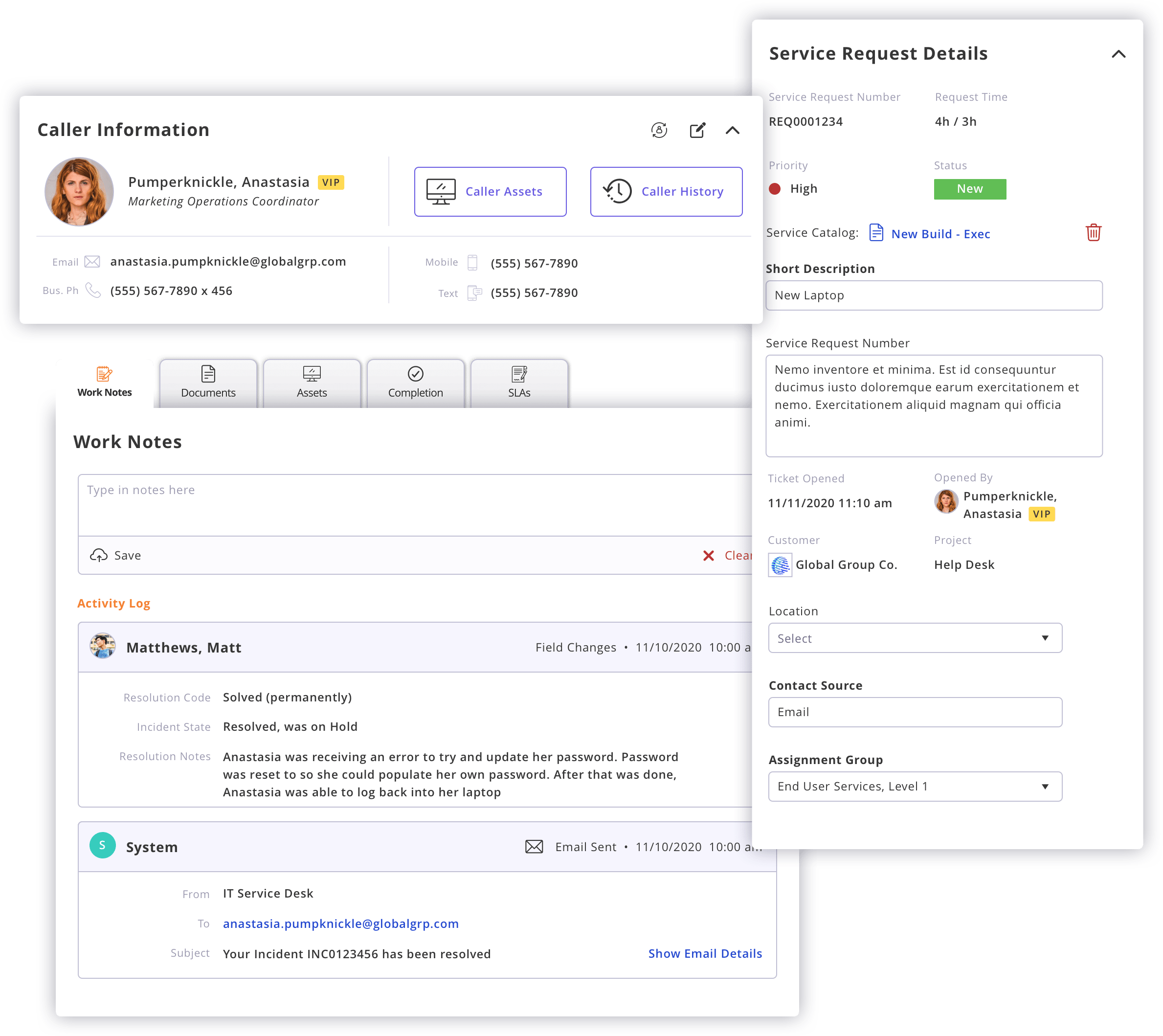
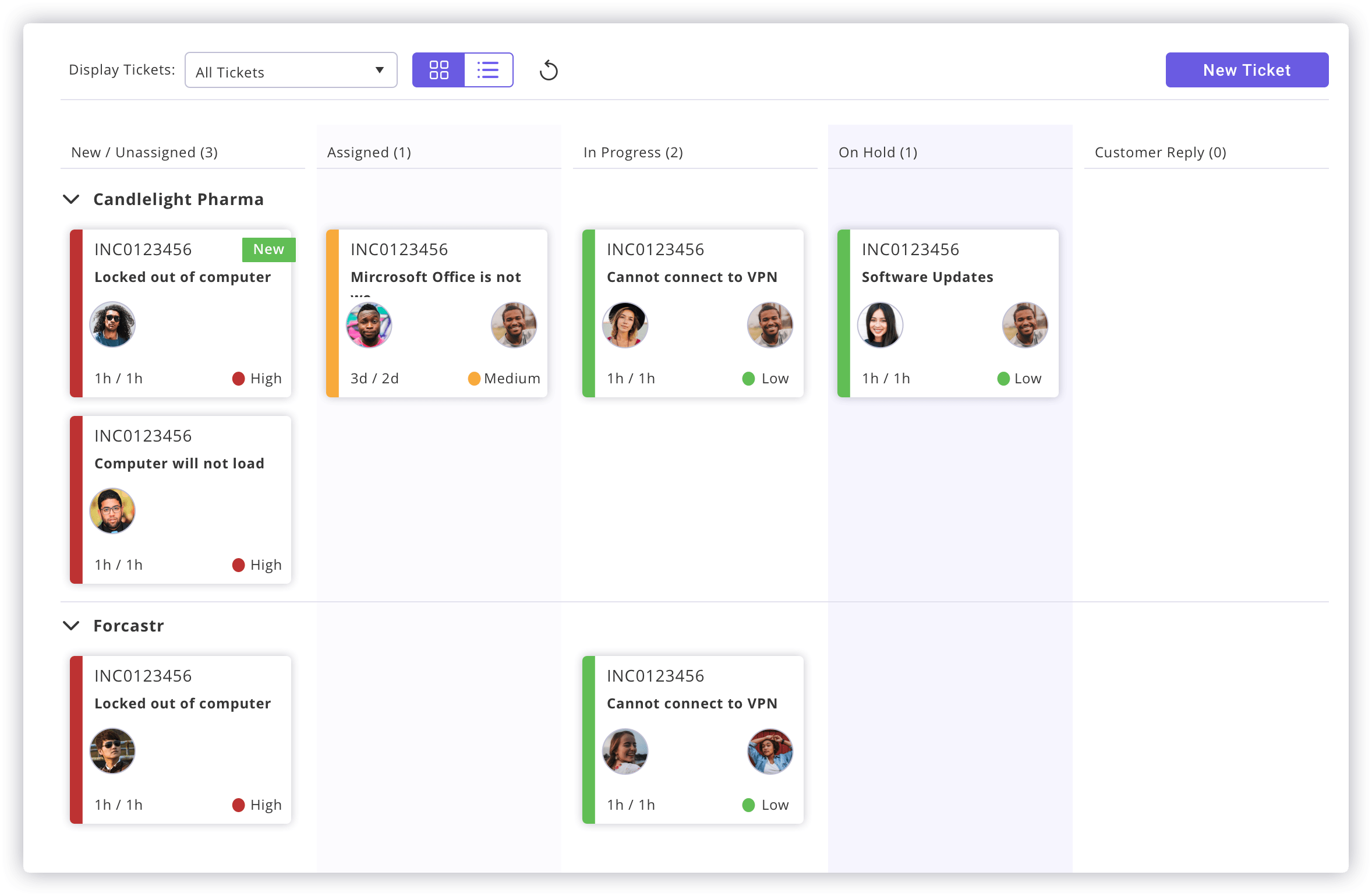
Startly is your ticket to customer success
Ditch the hassle of managing multiple help desk lists with Startly.
-
- Centralized multi-channel ticketing solution
- Seamless transition from ticketing to Asset and Change Management
- Automate workflows, prioritize, segment, and tag tickets
- Simplify compliance auditing with the activity log
- Boost productivity and ensure compliance with Startly
Deliver support on time with Service Level Agreements (SLAs).
-
- Ensure on-time delivery
- Define and track service agreements
- Guarantee response and resolution times
- Real-time alerts to prevent SLA breaches
- Keep clients satisfied with on-time delivery
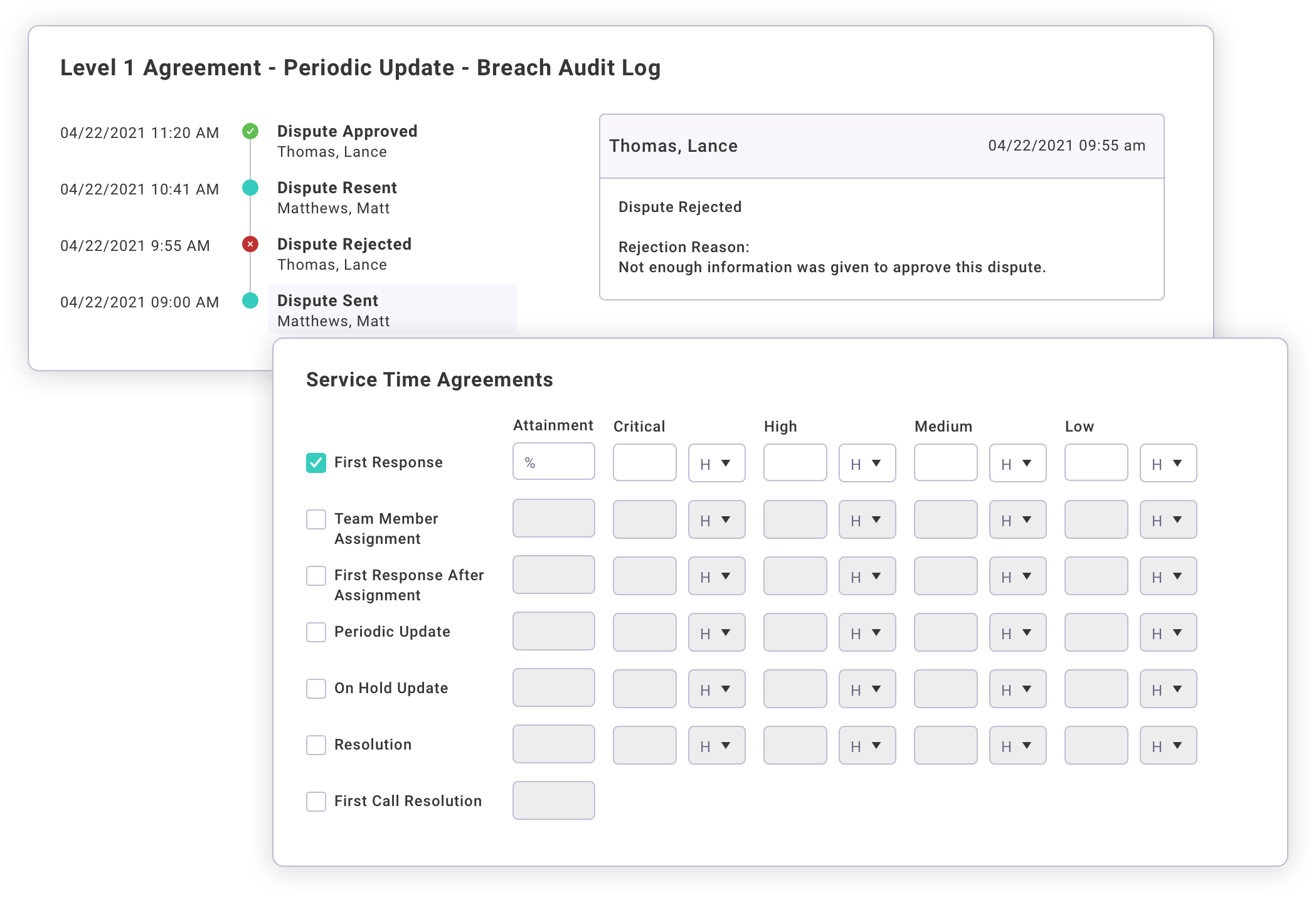
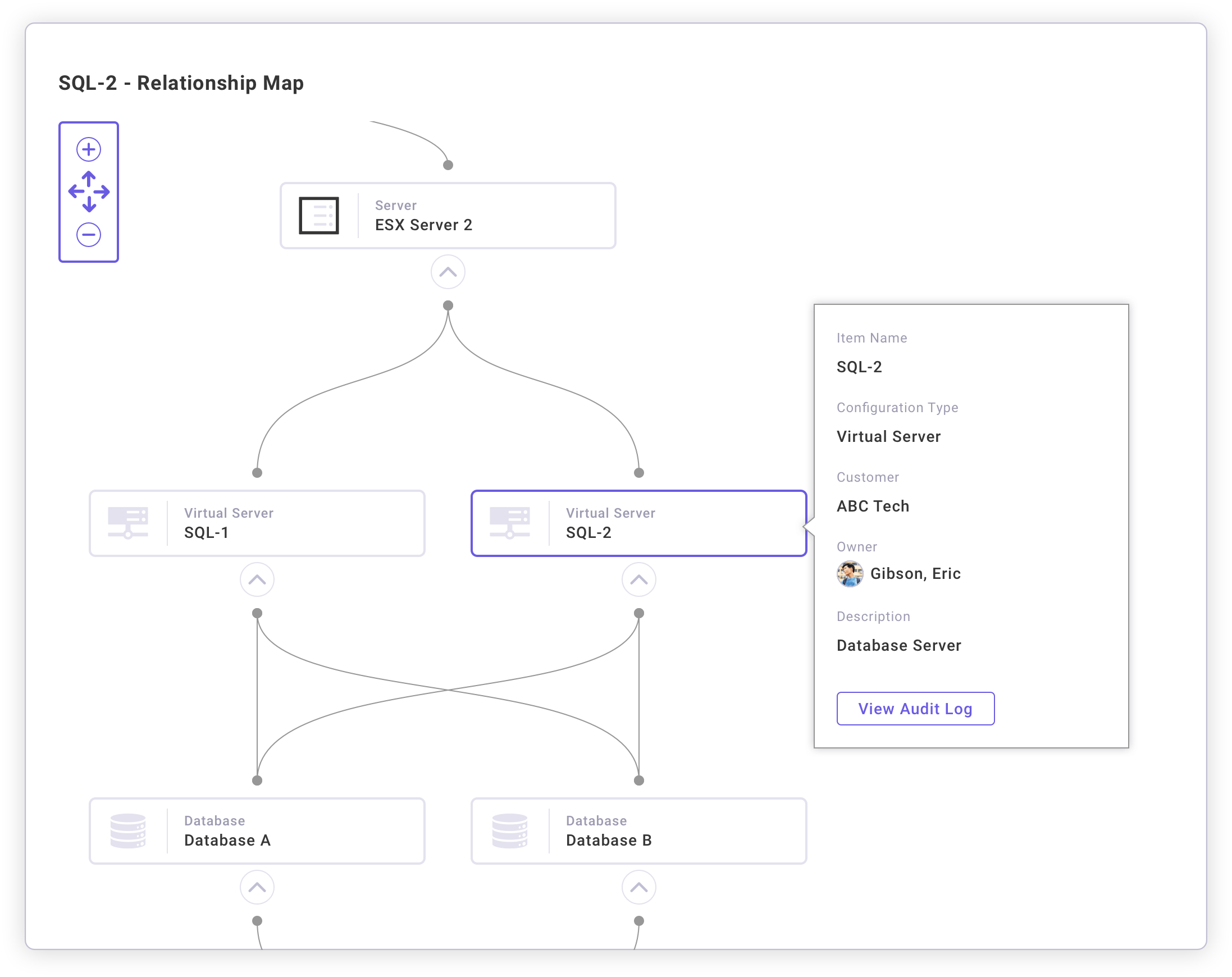
Manage asset relationships with Configuration Management Database (CMDB).
Effortlessly manage asset relationships with our CMDB feature.
-
- Simplify asset relationship management
- Track configurations and relationships easily
- Gain visibility into your asset inventory
- Prevent downtime and make informed decisions
- Automate asset discovery with real-time updates
Enhance your customer feedback strategy with valuable surveys.
Collect valuable feedback effortlessly with our user-friendly survey tool.
-
- Effortlessly gather valuable insights with our user-friendly survey tool
- No need for external software or developer assistance
- Identify areas for improvement and measure customer satisfaction
- Make data-driven decisions to enhance services
- Streamline the survey process for easy feedback collection
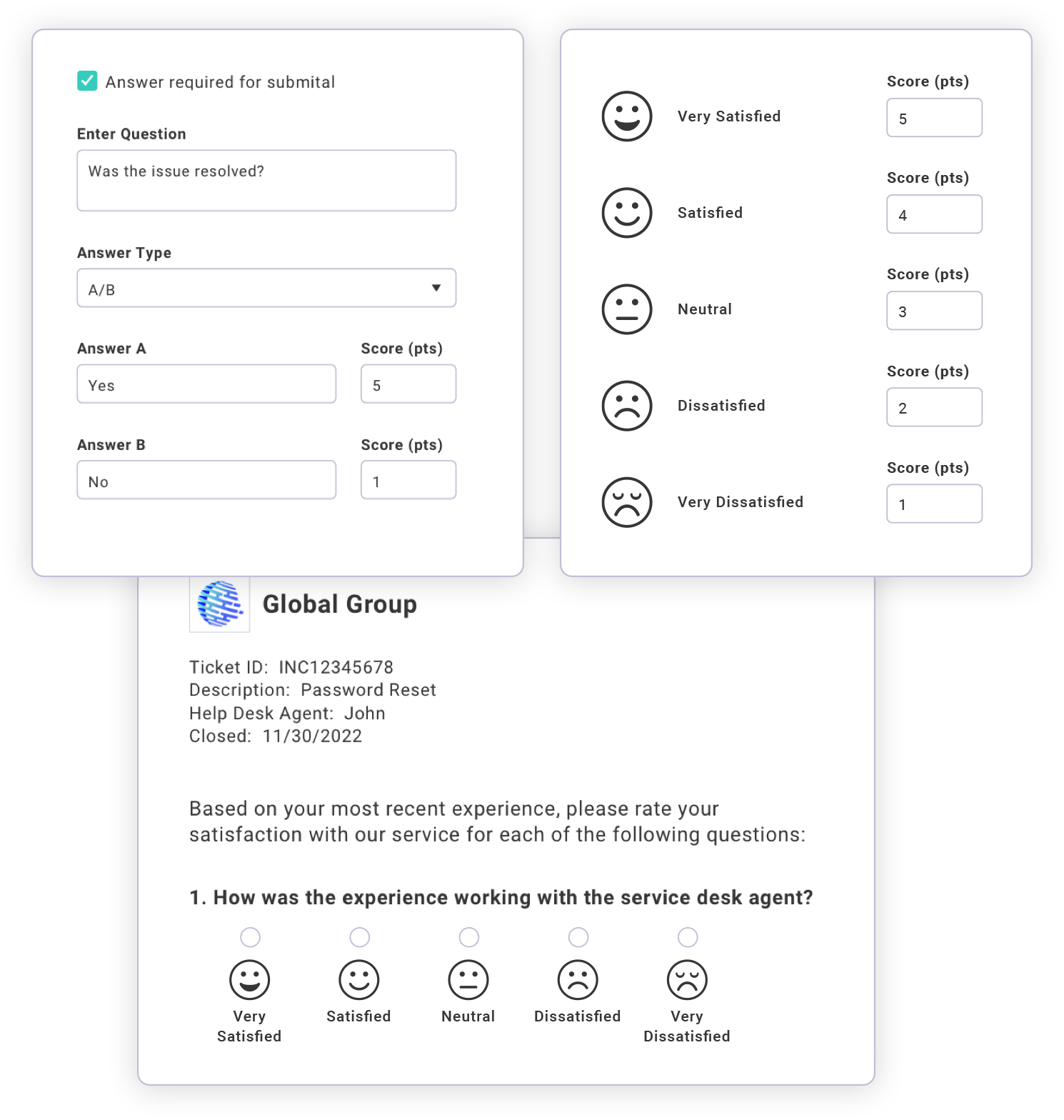
Why Our Help Desk Software Stands Out.
-
- Experience unparalleled help desk support with our intuitive interface.
- Manage support tickets efficiently with our best help desk software.

Related Articles
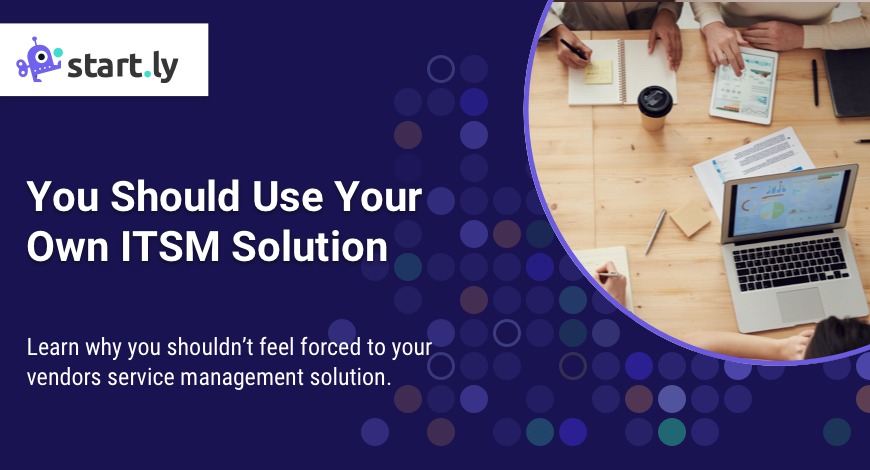
Why you should use your own ITSM Solution
Why you should use your own ITSM Solution and not be forced to your vendors solution.
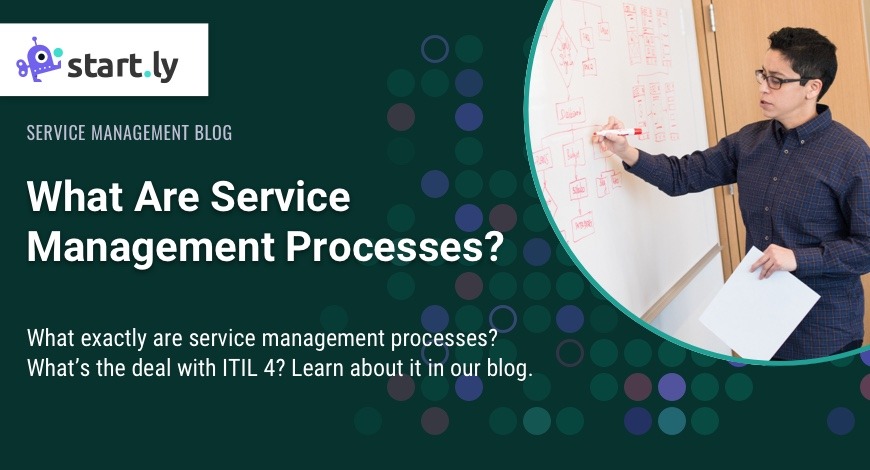
What Are Service Management Processes?
How can service management processes apply to IT? What is an example of a service process?
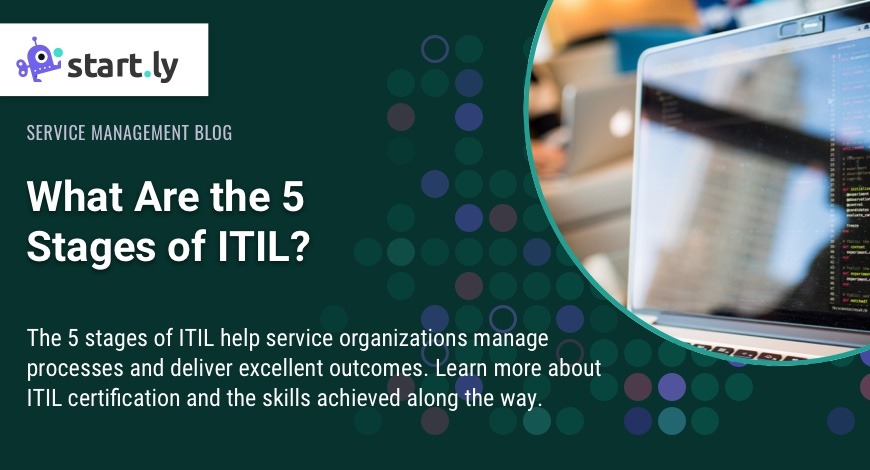
What Are the 5 Stages of ITIL?
Learn the 5 stages of ITIL processes and different ITIL certifications experts achieve.
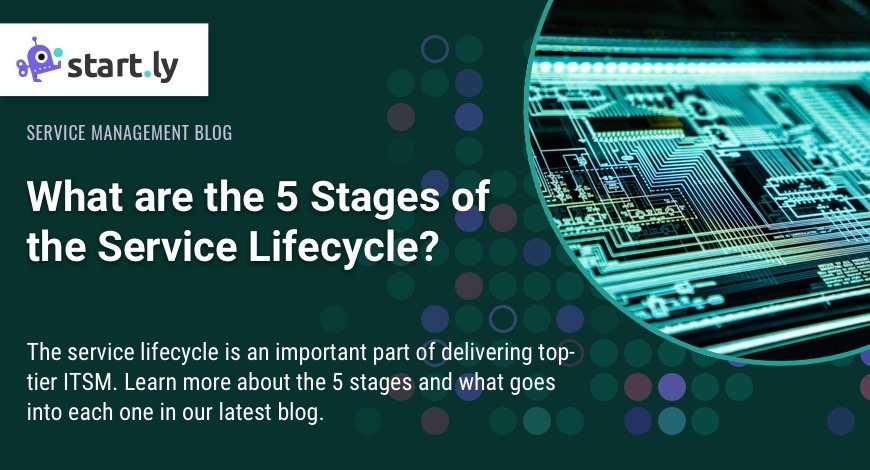
What are the 5 Stages of the Service Lifecycle?
The five stages of the ITIL service lifecycle include strategy, design, transition, operation and improvement.

Project Management
Discover how our features can assist in keeping your projects on track and within budget by exploring our platform further.
LEARN MORE

Resource Management
Our features allow you to track project time, expenses, and resources, ensuring efficient management and project outcomes.
LEARN MORE

Startly Labs, LLC
Blue Bell, PA
Product Features
Service Management
Project Management
Resource Management
Resources
Contact Us
News & Articles
Support & Help
Terms of Service
Privacy Policy
